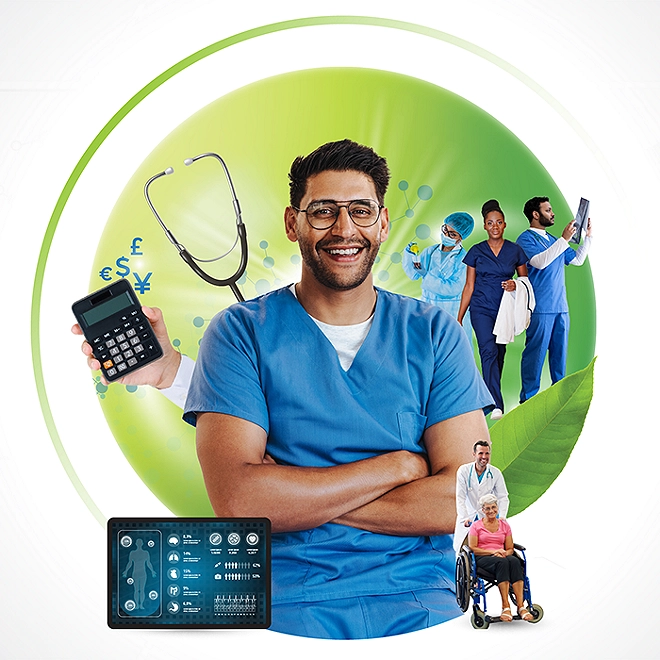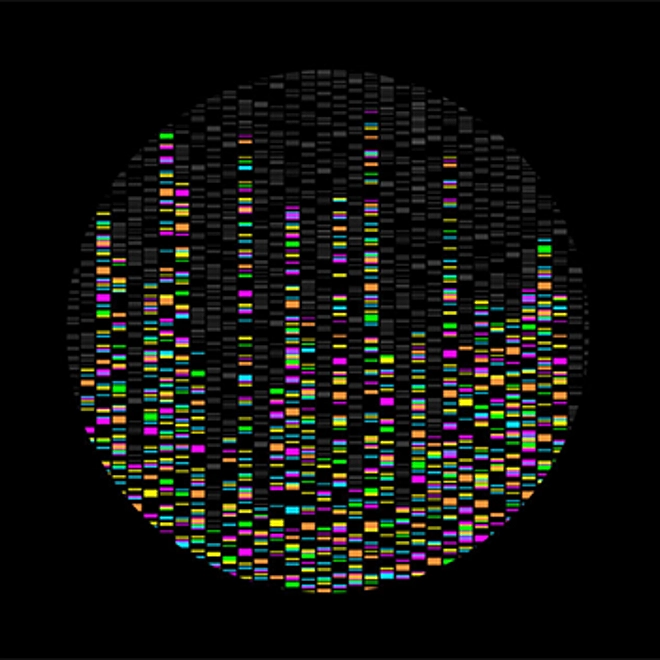Top 10 health care innovations
More value, better outcomes, for less
“More for less”: Innovations in health care can enable breakthrough performance
Ireland, as home to the top pharma and medtech companies, has positioned itself as a leader in research & development and continues to shape innovation in health care. Constant changes in the global health care systems and evolving regulations, means that innovation is becoming increasingly important. For example, the lines between technology and medical devices/pharma are blurring with health care wearables becoming part of everyday life. The continued focus on incentives such as the R&D Tax Credit and the Knowledge Development Box for this sector in Ireland should seek to ensure that Ireland continues to grow as an R&D hub for the Life Sciences Industry.
Health care is an industry in need of innovation. Health plans, providers, life sciences companies, and the government are facing rising costs and inconsistent outcomes. They are working to achieve the triple aim— improving care, improving health, and reducing spending. What innovations are most likely to help stakeholders achieve these goals and transform health care over the next 10 years?
We surveyed leaders across the health care system to identify the innovations they think are most likely to transform health care. We then narrowed the list to the top 10 by applying the following definition:
Innovation: Any combination of activities or technologies that break existing performance tradeoffs in the attainment of an outcome, in a manner that expands the realm of the possible. Defined in health care as providing “more for less”—more value, better outcomes, greater convenience, access and simplicity; all for less cost, complexity, and time required by the patient and the provider, in a way that expands what is currently possible.
Our current health care system’s performance can be defined by its rules, policies, regulations, enabling technologies, operating models, customs, and patient and provider preferences; together, these elements comprise the frontier of what is possible. They also serve as the constraints to what can be achieved. For far too long the health care industry’s performance, despite attempts to spur progress, has remained at the edge of this frontier. The industry needs to break current constraints and expand the frontier to achieve true breakthrough performance. While the constraints are many, the traditional, dominant, fee-for-service (FFS) payment model, in particular, does not align provider incentives with the goal of achieving more for less.
Top 10 health care innovations
- Next-generation sequencing: Applications of genetic sequencing to identify at-risk populations or target therapies to patients who are likely to respond
- 3D-printed devices: Lower-cost and highly customized medical technology products that can be tailored to suit the physiological needs of individual patients
- Immunotherapy: Treatments with the potential to significantly extend survival for cancer patients, without the negative side effects and related health care costs of traditional chemotherapy
- Artificial intelligence: The ability of computers to think like and complete tasks currently performed by humans with greater speed, accuracy, and lower resource utilization
- Point-of-care diagnostics: Allow for convenient, timely testing at the point of care (e.g., physician office, ambulance, home, or hospital), resulting in faster, more cohesive patient care
- Virtual reality: Simulated environments that could accelerate behavior change in patients in a way that is safer, more convenient, and more accessible
- Leveraging social media to improve patient experience: Tapping data from social media and online communities to give health care organizations the ability to track consumer experience and population health trends in real-time
- Biosensors and trackers: Technology-enabled activity trackers, monitors, and sensors incorporated into clothing, accessories, and devices that allow consumers and clinicians to easily monitor health
- Convenient care: Retail clinics and urgent care centers that provide more convenient and lower-cost care to patients for a number of health issues
- Telehealth: A more convenient way for consumers to access and increase self-care while potentially reducing office visits and travel time; may also prevent complications and emergency room visits
“More value, better outcomes, greater convenience, access and simplicity; all for less cost, complexity, and time required by the patient and the provider.”

